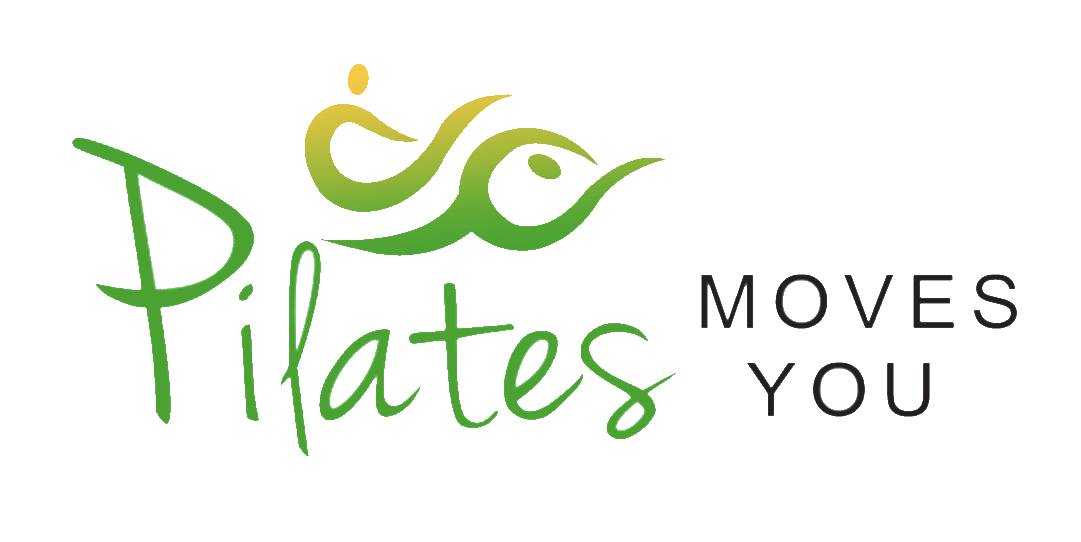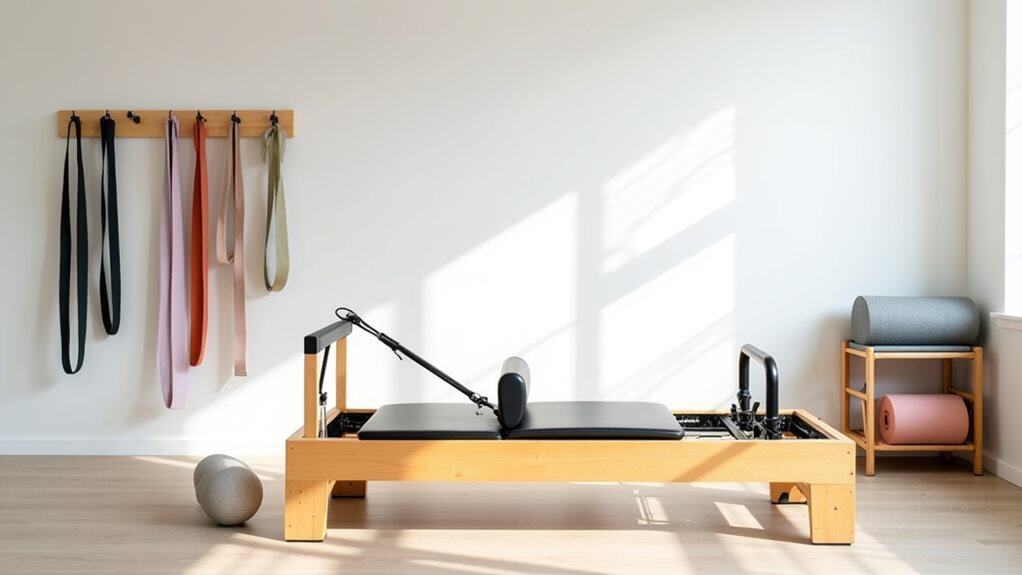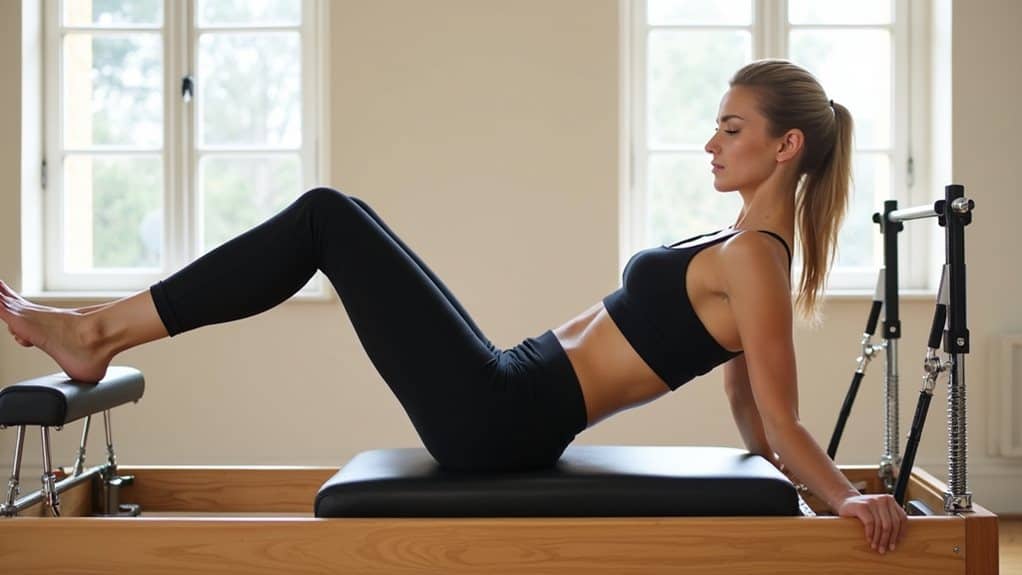Whether you’re a fitness enthusiast or just trying to stay active, timing your exercise after eating is an important consideration. You may have often wondered if working out immediately after a meal is beneficial or if you should wait for a certain amount of time.
It is generally recommended to wait at least 1-2 hours after eating a large meal before engaging in vigorous exercise. This allows your body enough time to digest the food and prevent any discomfort or potential digestive issues during your workout.
A light snack before exercise is usually fine as long as it is consumed at least 30 minutes prior to the workout.
It’s important to listen to your body and adjust the timing based on your individual needs and comfort level. Let’s delve into why timing your exercise after eating is important.
Why timing your exercise after eating is important
Waiting to exercise after eating can have several benefits for your body and overall exercise performance.
Ease Digestion: Exercising too soon after a meal can interfere with the digestion process. When you eat, blood flow is directed to your stomach and intestines to aid digestion. By immediately exercising, blood flow is redirected to your muscles, which can cause discomfort and even hinder digestion. Waiting a while before working out allows your body to properly digest the food.
Optimize Energy Levels: Eating before a workout can provide the necessary energy to fuel your exercise routine. However, it’s essential to allow enough time for digestion so that you don’t feel bloated or lethargic during your workout. Waiting approximately 1-2 hours after a light meal or 2-3 hours after a heavy meal can help optimize energy levels.
Prevent Discomfort: Engaging in intense physical activity with a full stomach can lead to discomfort, such as cramping, nausea, or even vomiting. To avoid these unpleasant sensations, give yourself enough time between eating and exercise.
Better exercise recovery: When you exercise, your muscles endure stress and require time to repair and recover. By giving your body enough time to digest and absorb nutrients, you can support this recovery process and enhance your overall exercise performance.
By considering the timing of your workouts after eating, you can ensure both comfort and optimal performance. It’s best to listen to your body and give yourself ample time for digestion before engaging in physical activity.
Digestion Process
Have you ever wondered what happens to the food you eat after it enters your body? The digestion process is a fascinating and complex system that allows your body to break down and absorb nutrients from the food you consume. Understanding how digestion works can help you make healthier choices and maintain a well-functioning digestive system.
From the moment you take a bite of food, your body begins the process of digestion. The food travels through your digestive system, which includes your mouth, esophagus, stomach, small intestine, large intestine, and rectum. Each organ plays a vital role in breaking down the food into smaller molecules that can be absorbed by your body.
Understanding how the body digests food
When it comes to exercise and eating, many people wonder how long they should wait after a meal before hitting the gym or going for a run. Understanding how the body digests food can help answer this question.
After you eat, the body begins the digestion process. Food moves through the digestive tract, where it is broken down into smaller nutrients that can be absorbed by the body. This process typically takes a few hours, depending on the type and quantity of food consumed.
During digestion, blood flow increases to the stomach and intestines to aid in the absorption of nutrients. If you exercise immediately after eating, blood is diverted away from the digestive system to supply oxygen and nutrients to your muscles. This can lead to digestive discomfort such as cramping or indigestion.
In general, it is recommended to wait at least 1-2 hours after a meal before engaging in moderate to intense exercise. This allows enough time for the digestion process to occur and for any discomfort to subside. However, if you have a smaller meal or snack with easily digestible foods, you may be able to exercise sooner.
Listening to your body is key. Pay attention to how you feel after eating and adjust your exercise routine accordingly. Experiment with different time frames to find what works best for you and your body. Remember, everyone’s digestion process is unique, so find a routine that feels comfortable and supports your overall wellness goals.
What Happens When You Exercise Immediately After Eating?
Exercising immediately after eating can have negative effects on your body’s digestion, energy levels, and exercise performance.
When you exercise, your body needs time to digest and absorb nutrients from the food you’ve consumed. Exercising too soon after a meal can hinder this process and lead to digestive discomfort and decreased energy levels.
It’s important to wait for an appropriate amount of time after eating to ensure proper digestion, maximize energy utilization, and enhance your exercise performance.
Risks Associated with Exercising Immediately After Eating
Exercising immediately after eating can pose certain risks to your health and well-being. One potential issue is the increased likelihood of experiencing digestive issues and discomfort.
Exercising immediately after eating can slow down digestion because blood is directed away from the digestive system towards the muscles. This decrease in blood flow to the stomach can lead to slower digestion, resulting in acid reflux and stomach upset.
To avoid these uncomfortable symptoms, it is important to allow sufficient time for digestion before exercising. The exact amount of time needed can vary depending on the individual and the size and composition of the meal consumed. As a general guideline, waiting at least 1-2 hours after eating before engaging in moderate to intense exercise is recommended.
This time frame allows for the food to move through the digestive tract and for your body to properly absorb nutrients, reducing the risk of digestive symptoms. It is also crucial to consider the type and volume of food consumed. Larger meals, especially those high in fat or fiber, may take longer to digest. On the other hand, smaller and balanced meals, with lean protein and digestible carbohydrates like brown rice or fresh fruit, are usually processed more quickly.
Prioritizing your well-being and giving your body the time it needs to digest can help you avoid discomfort during your workout and optimize your exercise performance. So, listen to your body, allow sufficient time for digestion, and make informed choices for your pre-workout nourishment to ensure a safe and comfortable exercise session.
Digestion and Blood Flow
Digestion and blood flow are closely linked and can have a significant impact on exercise performance. When we eat, blood flow is redirected towards our digestive system to help break down and absorb nutrients from the food. This means that less blood is available for circulation to our muscles during the digestive process.
During exercise, our muscles require an adequate supply of oxygen and nutrients to perform optimally. When blood flow is diverted towards the muscles, the digestive system experiences a decrease in blood flow, which can hinder the digestion process and lead to discomfort such as acid reflux and stomach upset.
Proper digestion is essential for providing energy to our bodies during exercise. The food we consume provides the necessary fuel to power our muscles. If digestion is compromised due to exercising too soon after eating, energy levels may suffer, leading to poor exercise performance.
Furthermore, digestion plays a crucial role in the availability of nutrients for exercise. When we eat, nutrients like carbohydrates, proteins, and fats are broken down and absorbed into the bloodstream. These nutrients are then transported to muscles to provide energy and support muscle repair and growth. Inadequate digestion can hinder the absorption of these essential nutrients, affecting exercise performance and recovery.
To optimize exercise performance, it is important to allow sufficient time for digestion before engaging in physical activity. Waiting at least 1-2 hours after eating a well-balanced meal can help ensure proper digestion and reduce the risk of digestive discomfort, allowing for improved energy levels and nutrient availability during exercise.
Short and Long-Term Effects on the Body
Exercising immediately after eating can have both short-term and long-term effects on the body. In the short term, exercising too soon after a meal can interfere with digestion as blood flow is directed away from the digestive system towards the muscles. This can lead to discomfort such as acid reflux, stomach upset, and even digestive symptoms like bloating and gas.
In the long term, regularly exercising immediately after eating can negatively impact exercise performance and overall health. When digestion is compromised, the body may not be able to efficiently absorb the nutrients from the meal, leading to decreased energy levels and poor exercise performance. Additionally, inadequate digestion can affect the availability of nutrients needed for muscle repair and growth, hindering recovery.
Furthermore, exercising immediately after eating can affect blood flow. During exercise, blood flow is directed towards the working muscles rather than the digestive system. Exercising too soon after a meal can further divert blood flow away from digestion, potentially leading to decreased nutrient absorption and slower digestion.
To optimize digestion and exercise performance, it is generally recommended to wait at least 1-2 hours before engaging in any moderate to high-intensity exercise. This allows enough time for the body to digest the meal and for blood flow to be restored to the digestive system. However, the exact time required for digestion may vary between individuals, so it is important to listen to your body and adjust the time frame as needed.
Factors that influence the time you should wait to exercise after eating
Exercising after eating is a common concern for many fitness enthusiasts, but finding the right answer can be tricky. Several factors come into play when determining how long you should wait before working out after a meal. Understanding these factors will help you make an informed decision.
Type of Meal: The composition of your meal is crucial in determining when to start your workout. A heavy, high-fat meal requires more time for digestion compared to a light, easily digestible meal. It is recommended to wait at least 2-3 hours after a heavy meal to allow your body enough time to digest.
Intensity of Exercise: The intensity of your workout also affects the time you should wait. Moderate-intensity exercises generally require less time for digestion compared to high-intensity activities. If you’re planning a vigorous workout, it may be best to wait for a longer period before exercising after eating.
Personal Comfort: Ultimately, listening to your body and paying attention to how you feel post-meal is important. If you experience discomfort or digestive issues during exercise after eating, it may be wise to wait longer or opt for lighter activities until you feel more comfortable.
Considering these factors and experimenting with different timings will help you find what works best for your body and optimize both your workout and digestion.
Recommended times to wait by meal type
When it comes to exercising after eating, the timing is crucial to ensure comfort and avoid any potential issues. While every individual’s metabolism and digestion vary, there are some general guidelines to consider.
Light snacks
If you have indulged in a light snack, such as a small piece of fruit or a handful of nuts, you don’t need to wait too long. Usually, waiting around 30 minutes is sufficient for the food to begin digesting and for your body to absorb the nutrients. This short waiting time should provide enough energy for your workout without causing any discomfort.
Remember to listen to your body as well. If you feel overly full or experience digestive discomfort even after waiting the recommended time, it may be best to give yourself a bit more time before exercising.
Additionally, it’s important to hydrate adequately before exercising. Drinking enough water before, during, and after your workout can help maintain optimal performance and prevent dehydration.
By allowing enough time for digestion and choosing lighter snacks, you can strike a balance between nourishing your body and engaging in physical activity. Ultimately, finding what works best for your body will ensure an enjoyable and effective workout session.
Small Meals
For small meals, it is generally recommended to wait about 30 minutes to an hour before engaging in moderate exercise. This timeframe allows your body to absorb and utilize the nutrients from the meal without causing discomfort or interfering with your workout.
By giving your body sufficient time to digest small meals before exercising, you can fuel your workout effectively while minimizing any potential discomfort or interrupted performance.
Large Meals
After consuming a large meal, it’s generally recommended to wait at least two to three hours before engaging in any intense physical activity. This allows your body enough time to digest the food properly and avoid discomfort or potential digestive issues during exercise.
If you still feel heavy or bloated after two to three hours, it might be best to wait a little longer before exercising. On the other hand, if you feel light and energized, you can start your workout sooner.
If you’re looking to engage in a more moderate or low-intensity activity, such as taking a walk or doing some light stretching, you can typically start after one hour of consuming a large meal. Just remember to make sure you’re comfortable and not pushing yourself too hard right after eating.
As always, it’s essential to consult with a healthcare professional or a certified fitness instructor who can provide personalized advice based on your specific needs and health condition.
Recommended times to wait by exercise type
Let’s look at this from a different angle and consider how long you might want to wait before doing either high or low-intensity exercise.
High-Intensity Exercise
Engaging in exercise after a meal is a common concern for many fitness enthusiasts. While there is no one-size-fits-all answer, it’s important to consider the type and intensity of exercise being performed.
Allow Time for Digestion: After consuming a meal, your body needs time to process and digest the food. It is generally recommended to wait at least two to three hours before engaging in high-intensity exercise. This timeframe allows your body to focus its energy on digestion rather than diverting it towards the intense physical activity.
Avoid Discomfort: Exercising too soon after eating can lead to discomfort such as bloating, cramping, or nausea. We recommend listening to your body and waiting until your stomach feels settled before embarking on high-intensity workouts.
Stay Hydrated: Proper hydration is crucial for optimal performance during exercise. Be sure to drink enough water prior to your workout to stay hydrated and aid in digestion.
Remember, the timing of exercise after eating will vary from person to person. It’s important to experiment and find what works best for you based on your own digestion process and comfort levels.
Low-Intensity Exercise
When it comes to exercising after a meal, the type and intensity of the workout play a significant role. Low-intensity exercises, such as walking or gentle yoga, can usually be done shortly after eating without any issues.
Wait 30 Minutes: It is generally recommended to wait at least 30 minutes after a light meal before engaging in low-intensity exercise. This allows some time for digestion and prevents discomfort during your workout.
Listen to Your Body: Ultimately, the key is to listen to your own body. If you feel heavy or bloated after a meal, it may be best to wait a little longer before starting your workout. On the other hand, if you feel comfortable and energized, you can go ahead and get moving.
Remember that everyone’s digestion and tolerance levels are different, so it’s essential to pay attention to how your body feels. If you experience any discomfort or cramping during exercise after eating, it may be a sign that you need to wait a bit longer next time.
By following these guidelines and being in tune with your body’s signals, you can find the right balance between nourishing yourself and staying active.
Final thoughts on finding the right timing for exercise after eating
Finding the right timing for exercise after eating can vary depending on individual factors and preferences. It’s generally recommended to wait at least one to two hours after a large meal before engaging in vigorous exercise to allow for proper digestion. However, if you choose to engage in light activities such as walking or gentle stretching, you can do so sooner.
If you have any pre-existing conditions that affect digestion or exercise performance, it’s important to consult with a healthcare professional for personalized advice. Conditions like acid reflux or stomach issues may require longer waiting periods before exercise.
Remember, listening to your body is crucial. Pay attention to how you feel after eating and adjust your exercise routine accordingly. Some individuals may tolerate exercise better immediately after a small meal or snack, while others might need more time for digestion.
If you’re unsure about when to exercise after eating, it’s always best to consult with a healthcare professional or a qualified fitness trainer who can provide personalized guidance based on your specific circumstances.




